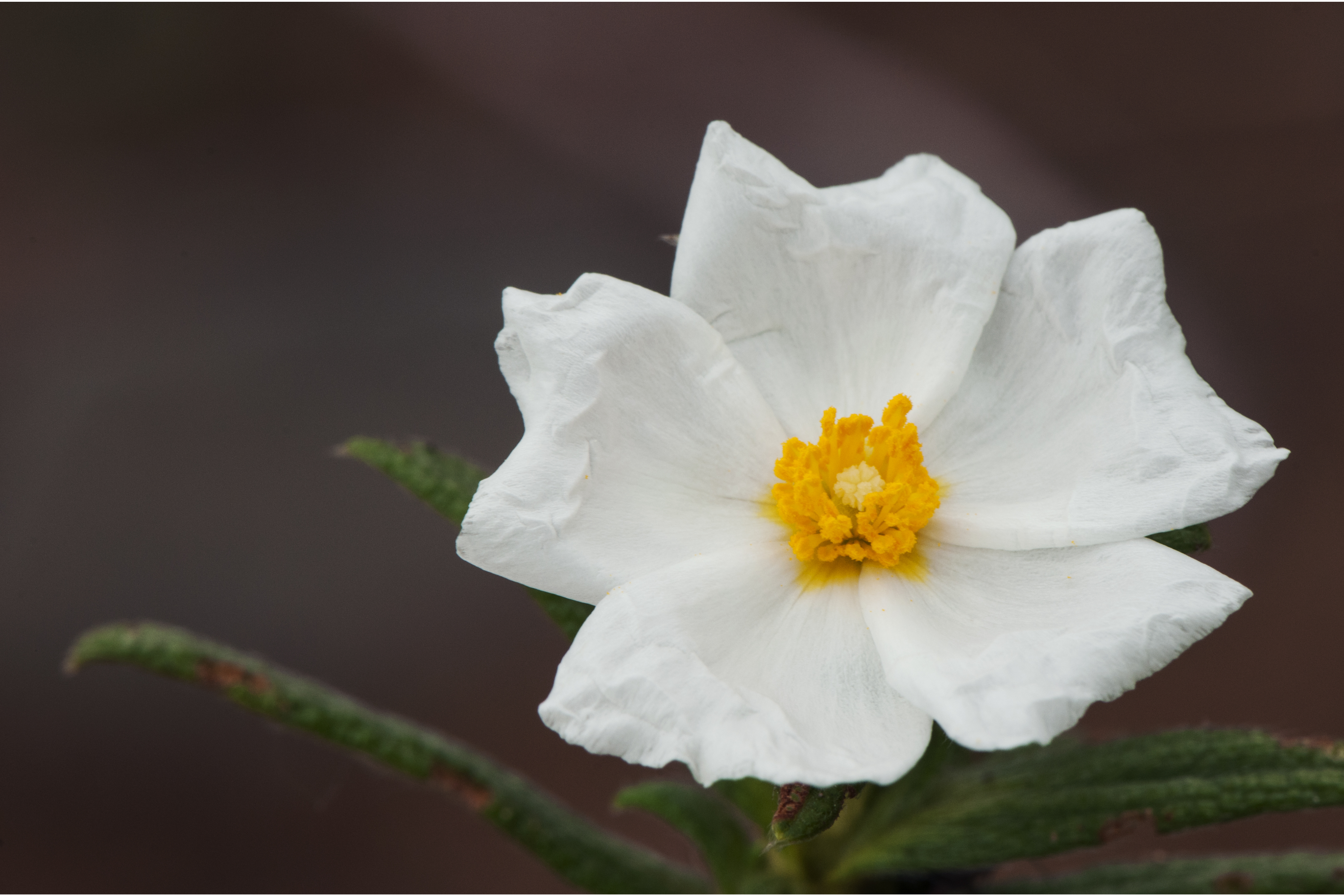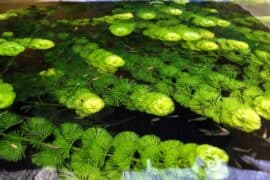Rockrose
(Cistus corbariensis)

Description
Cistus (from the Greek kistos) is a genus of flowering plants in the rockrose family Cistaceae, containing about 20 species (Ellul et al. 2002). They are perennial shrubs found on dry or rocky soils throughout the Mediterranean region, from Morocco and Portugal through to the Middle East, and also on the Canary Islands. Cistus, with its many hybrids and cultivars, is commonly encountered as a garden flower. The common name rockrose (rock rose in the UK) is applied to the species, a name also shared by the related genera Halimium, Helianthemum and Tuberaria, all in the family Cistaceae. The common name gum cistus is applied to resin-bearing species, especially C. ladanifer. The leaves are evergreen, opposite, simple, usually slightly rough-surfaced, 2–8 cm long. In a few species (notably C. ladanifer), the leaves are coated with a highly aromatic resin called labdanum. They have showy 5-petaled flowers ranging from white to purple and dark pink, in a few species with a conspicuous dark red spot at the base of each petal. Cistus and Halimium form a cohesive and the most derived clade within Cistaceae. Molecular phylogenetic analyses conducted between 2005 and 2011 confirm that Cistus species divide into two well-defined clades, neither of which was fully resolved internally. The first clade consists of those with purple and pink flowers (the "purple pink clade" or PPC). The second clade consists of those with white flowers or, in the case of Cistus parviflorus, pale pink flowers (the "white or whitish pink clade" or WWPC). Although the flower colour of C. parviflorus is anomalous, it has very short styles, otherwise characteristic of WWPC species. A hybrid origin has been suggested. A simplified cladogram is shown below: Within the purple pink clade (PPC), C. crispus is consistently the first diverging species. C. albidus, C. creticus and C. heterophyllus form a well supported clade. Seven species endemic to the Canary Islands form a polytomy, resolved differently in different analyses, in which subtaxa of some species do not always cluster together. Within the white and whitish pink clade (WWPC), there is weak support for a clade consisting of C. clusii and C. munbyi; the other species either formed part of a polytomy or resolved differently in different analyses. Halimium and Cistus were regularly shown to be paraphyletic with respect to one another.
Taxonomic tree:







